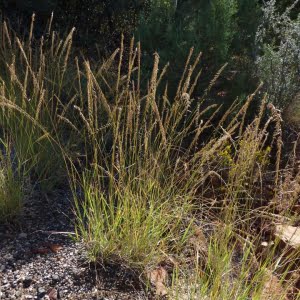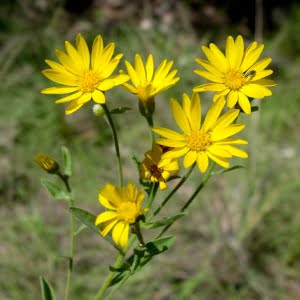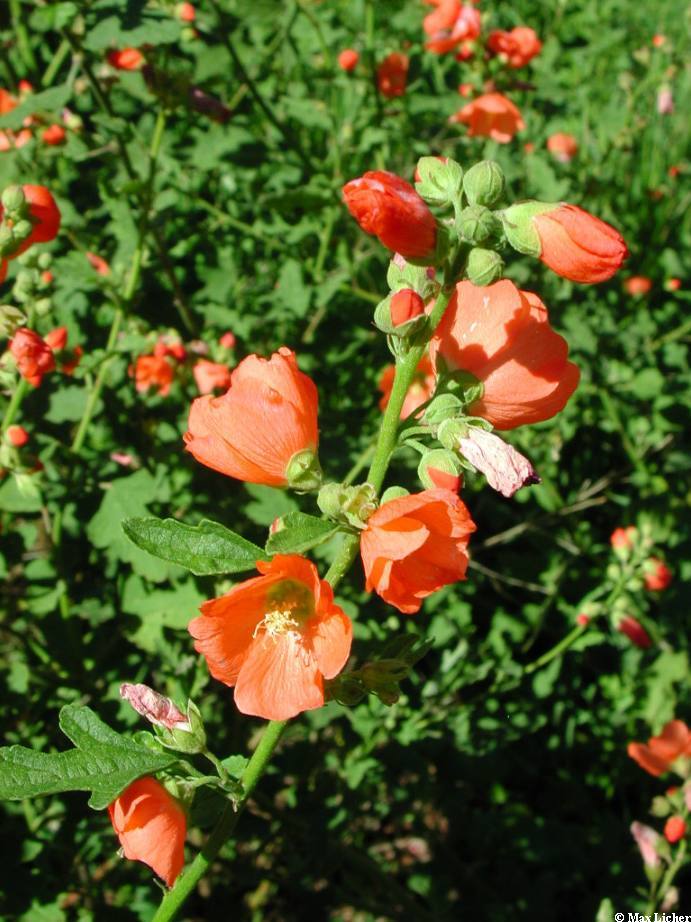
What’s leaf got to do with it? Leaf tissue sampling for restoration genetic research
In lieu of research guiding seed transfer for each restoration species, practitioners often use generalized seed transfer zones based on climate (such as Provisional Seed Zones) and/or ecoregions defined by the dominant vegetation and soil characteristics (such as EPA Level III Ecoregions). However, due to other factors that influence plants’ adaptations to their environments (e.g. soils, topography, microclimates), not to mention that all species are not influenced by environments in the same way, these generalized seed transfer zones are not always effective in making sure seeds are well-suited to a restoration site. Landscape-scale genetic patterns can reveal both adaptation to regional environmental conditions and the deeper history of relationships among a species’ populations. In turn, this information can be applied to delineate species-specific seed transfer zones that ensure plant materials are locally-adapted and that protect species’ innate patterns of genetic diversity.
For the field component of this study, field crews in Santa Fe and Carlsbad, New Mexico have been collecting leaves from species that are important for restoration across the state. Crews collect 3-5 leaves from 10 individuals in a population and place the samples in plastic bags with silica to preserve the leaf tissue. So far, our crews have collected leaves from over 100 populations across the state. Leaf samples collected by field crews this summer will be shipped to Flagstaff and processed using molecular techniques; genomic data will be used to reveal relationships and genetic patterns across the landscape.
IAE Southwest hosts a collaborative regional program to improve the availability of ecologically appropriate seed for restoration called the Southwest Seed Partnership (SWSP). Major gaps in research guiding appropriate seed movement has hindered our work and even slowed down some of our production efforts. Results of this study and future studies of its kind will be highly beneficial to SWSP stakeholders and provide the information we need to better support our local ecology.
Restoration
Research
Education
Contact
Main Office:
4950 SW Hout Street
Corvallis, OR 97333-9598
541-753-3099
info@appliedeco.org
Southwest Office:
1202 Parkway Dr. Suite B
Santa Fe, NM 87507
(505) 490-4910
swprogram@appliedeco.org
© 2025 Institute for Applied Ecology | Privacy Policy






